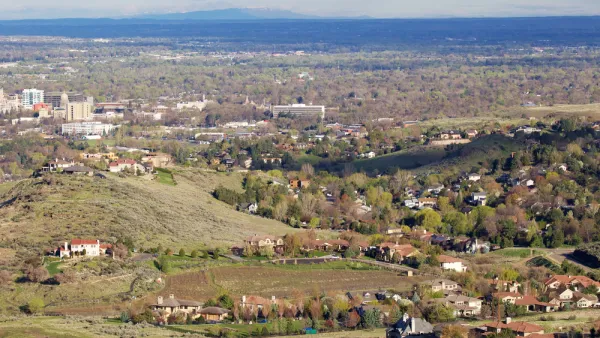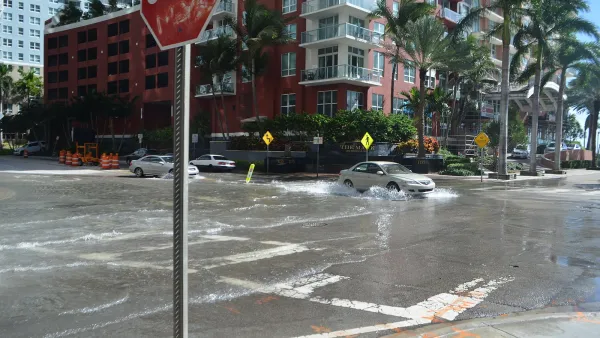That question may seem like a contradiction, but it couldn't be more pertinent to communities and land use—existing codes and policies generate change by shaping investment.
Scott Doyon posted a commentary this week on the subject of change and how it often meets with knee-jerk opposition. Doyon argues that we have to accept that we are all responsible for change before we can act to make communities better.
Recently, I have begun presentations by asking, "Are you getting the change you want from the status quo?" That question may seem like a contradiction, but it couldn't be more pertinent to communities and land use.
All communities have land use regulations and policies. When you pile them up, they are usually several inches thick for a single community. They are the status quo, and yet they constantly generate change. Zoning and street policies shape the development of buildings, roads, and public spaces. The physical form of our communities—now and in the future—come from those investments.
So here are more questions to consider: Is your community walkable or not? Do major parts of it lack unique character? Is your community failing, lately, to attract talented and educated workers or the employers that hire such people? All these problems could be traced to land use regulations.
FULL STORY: Are you getting the change you want from the status quo?

National Parks Layoffs Will Cause Communities to Lose Billions
Thousands of essential park workers were laid off this week, just before the busy spring break season.

Retro-silient?: America’s First “Eco-burb,” The Woodlands Turns 50
A master-planned community north of Houston offers lessons on green infrastructure and resilient design, but falls short of its founder’s lofty affordability and walkability goals.

Delivering for America Plan Will Downgrade Mail Service in at Least 49.5 Percent of Zip Codes
Republican and Democrat lawmakers criticize the plan for its disproportionate negative impact on rural communities.

Test News Post 1
This is a summary

Test News Headline 46
Test for the image on the front page.

Balancing Bombs and Butterflies: How the National Guard Protects a Rare Species
The National Guard at Fort Indiantown Gap uses GIS technology and land management strategies to balance military training with conservation efforts, ensuring the survival of the rare eastern regal fritillary butterfly.
Urban Design for Planners 1: Software Tools
This six-course series explores essential urban design concepts using open source software and equips planners with the tools they need to participate fully in the urban design process.
Planning for Universal Design
Learn the tools for implementing Universal Design in planning regulations.
EMC Planning Group, Inc.
Planetizen
Planetizen
Mpact (formerly Rail~Volution)
Great Falls Development Authority, Inc.
HUDs Office of Policy Development and Research
NYU Wagner Graduate School of Public Service





























